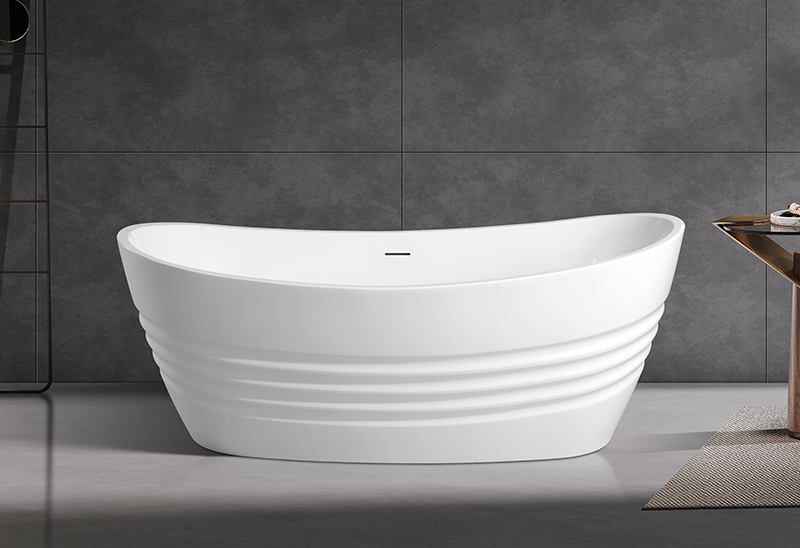Freestanding bathtubs can be comfortable to use, especially when designed with factors like depth, slope, and ergonomic design in mind. Here's how these factors contribute to the comfort level of freestanding bathtubs:
The depth of the bathtub plays a significant role in comfort. Freestanding bathtubs are often deeper than built-in bathtubs, allowing for a more immersive soaking experience. Deeper bathtubs provide better support for the body and allow users to submerge themselves more fully in the water, promoting relaxation and comfort.
The slope of the bathtub's backrest is another important factor in comfort. A well-designed slope provides ergonomic support for the back and neck, allowing users to recline comfortably while bathing. A gentle slope that conforms to the natural curve of the body can help reduce strain and tension, enhancing the overall comfort of the bathing experience.

Freestanding bathtubs with ergonomic designs are specifically engineered to maximize comfort during use. These bathtubs often feature contoured shapes, molded armrests, and built-in lumbar support to provide optimal comfort and relaxation. Additionally, ergonomic design considerations may include the placement of faucet and drain fixtures to ensure they do not interfere with the user's comfort or mobility.
The material and finish of the bathtub can also impact comfort. Smooth, non-porous materials like acrylic or stone resin are comfortable to the touch and retain heat well, providing a cozy bathing experience. Additionally, certain materials may offer insulation properties that help maintain water temperature for longer periods, further enhancing comfort.
Freestanding bathtubs can be exceptionally comfortable to use when designed with attention to depth, slope, ergonomic design, and material selection. It's essential to consider these factors when choosing a freestanding bathtub to ensure it meets your comfort preferences and enhances your bathing experience.








